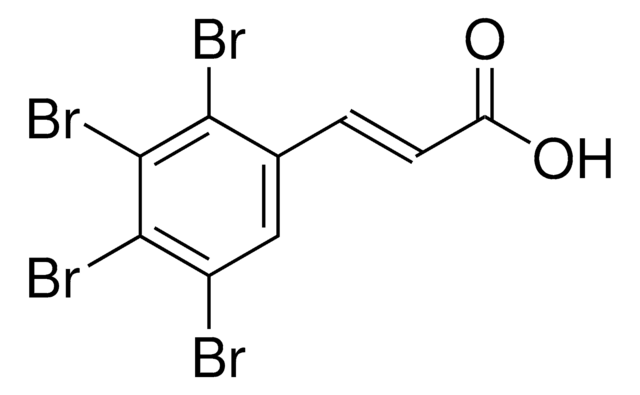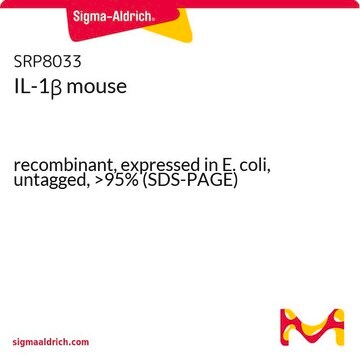B9647
(E)-5-(2-Bromovinyl)-2′-deoxyuridine
Synonym(s):
BVdU
About This Item
Recommended Products
form
powder
Quality Level
storage temp.
2-8°C
SMILES string
O=C(C(/C=C/Br)=CN1[C@H]2C[C@H](O)[C@@H](CO)O2)NC1=O
InChI
1S/C11H13BrN2O5/c12-2-1-6-4-14(11(18)13-10(6)17)9-3-7(16)8(5-15)19-9/h1-2,4,7-9,15-16H,3,5H2,(H,13,17,18)/b2-1+/t7-,8+,9+/m0/s1
InChI key
ODZBBRURCPAEIQ-PIXDULNESA-N
Gene Information
human ... HV1S(3365)
Application
- as a substrate for thymidine kinase 1 to study its effects on cancer cells by a dual-promoter integrator approach
- as a bromovinyl nucleoside analog to study its effects on varicella-zoster virus replication in a mouse model
- as a nucleoside analog prodrug to study its effects on transduced cells
Biochem/physiol Actions
Storage Class
11 - Combustible Solids
wgk_germany
WGK 3
flash_point_f
Not applicable
flash_point_c
Not applicable
ppe
Eyeshields, Gloves, type N95 (US)
Certificates of Analysis (COA)
Search for Certificates of Analysis (COA) by entering the products Lot/Batch Number. Lot and Batch Numbers can be found on a product’s label following the words ‘Lot’ or ‘Batch’.
Already Own This Product?
Find documentation for the products that you have recently purchased in the Document Library.
Our team of scientists has experience in all areas of research including Life Science, Material Science, Chemical Synthesis, Chromatography, Analytical and many others.
Contact Technical Service








